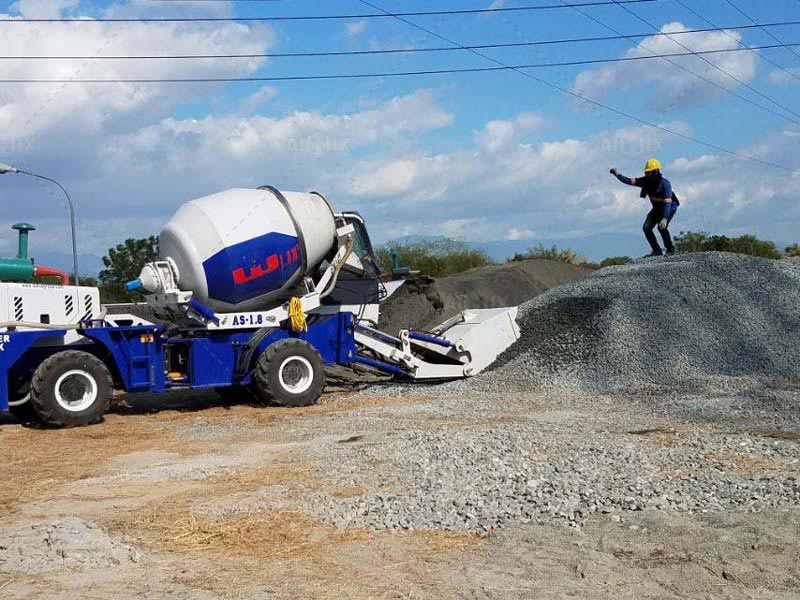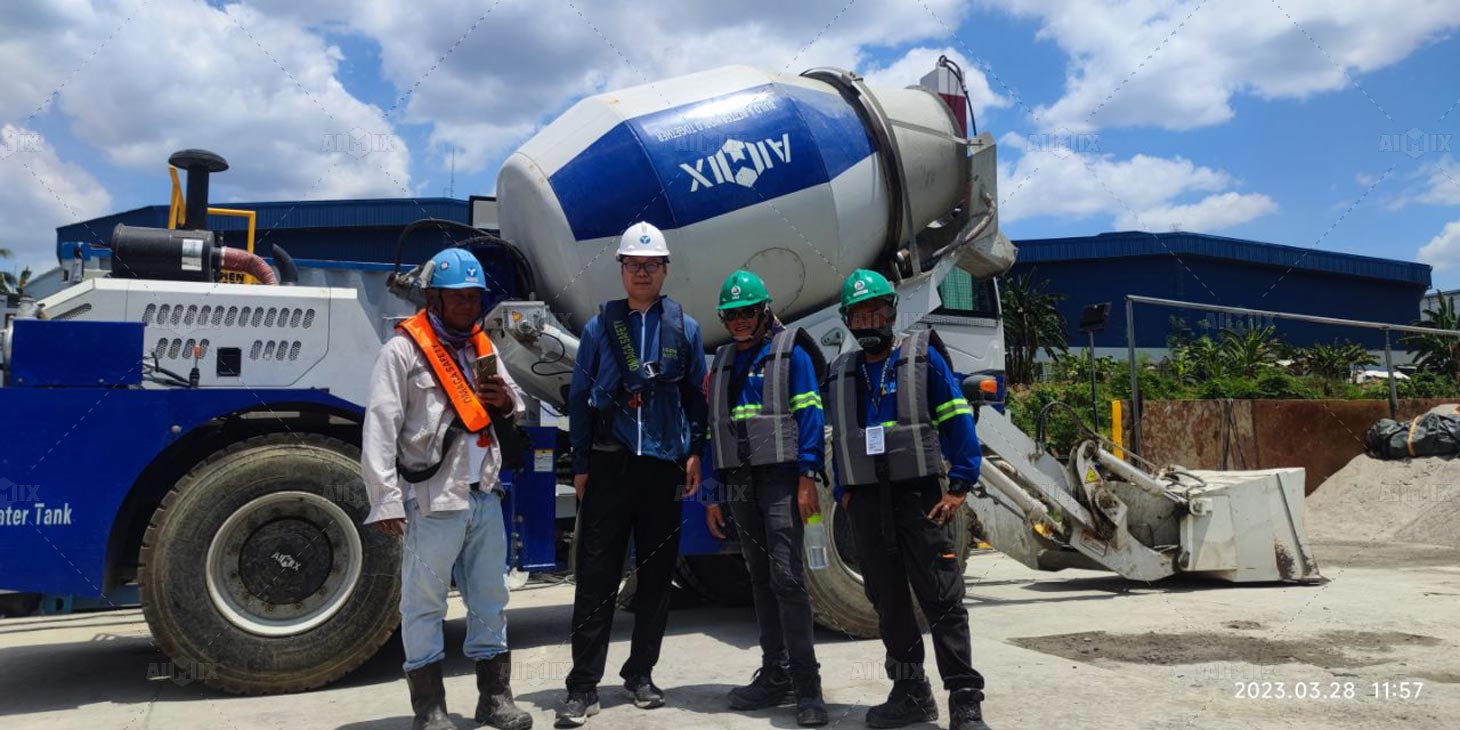Self-loading rough terrain concrete mixers have revolutionized the construction industry, offering versatility and efficiency on job sites with challenging terrain. However, it’s essential to understand any limitations regarding the size or weight of materials these mixers can handle to ensure optimal performance and safety.
Overview of Self-Loading Rough Terrain Concrete Mixers
Self-loading rough terrain concrete mixers are innovative machines designed to mix, transport, and pour concrete in rugged and remote environments. These mixers are equipped with features such as four-wheel drive, articulated steering, and a self-loading bucket, allowing self loading rough terrain concrete mixers to navigate rough terrain with ease. They are prized for their ability to improve productivity and reduce labor costs on construction sites.

Importance of Understanding Limitations
While self-loading rough terrain concrete mixers offer impressive capabilities, operators and construction professionals must be aware of any limitations they may have. Failing to adhere to these limitations can lead to equipment damage, project delays, and safety hazards. Let’s delve into the specific limitations regarding the size and weight of materials that these mixers can handle.
Size Limitations
Factors Influencing the Maximum Size of Materials
The maximum size of materials that self-loading rough terrain concrete mixers can handle is influenced by several factors. One primary consideration is the size of the mixer’s mixing drum or bucket. Larger mixers typically have a higher capacity and can accommodate larger aggregates and materials. Additionally, the design and configuration of the self mixing concrete truck‘s loading mechanism play a crucial role in determining the maximum size of materials it can handle.

Effects of Exceeding Size Limitations
Exceeding the size limitations of self-loading rough terrain concrete mixers can have detrimental effects on both the equipment and the quality of the concrete produced. Overloading the mixer’s drum or bucket can strain the hydraulic system, leading to increased wear and tear and potential breakdowns. Moreover, using oversized aggregates can result in uneven mixing and poor concrete quality, compromising the structural integrity of the final product.
Weight Limitations
Determining Factors for Weight Capacity
The weight capacity of self-loading rough terrain concrete mixers is determined by various factors, including the size and strength of the mixer’s chassis, axles, and tires. Additionally, the mixer’s hydraulic system and engine power contribute to its ability to handle heavy loads. Manufacturers provide specifications regarding the maximum payload capacity of their mixers, which operators should adhere to strictly to avoid overloading. Learn more details about its capacity here: https://aimixglobal.com/self-loading-concrete-mixer-for-sale/.
Consequences of Exceeding Weight Limitations
Exceeding the weight limitations of self-loading rough terrain concrete mixers can have serious consequences, both for the equipment and for safety on the job site. Overloading the mixer can lead to excessive strain on its components, causing premature wear and potential mechanical failures. Moreover, an overloaded mixer may become unstable, increasing the risk of tipping over and causing accidents or injuries to personnel.
In conclusion, while self-loading rough terrain concrete mixers offer impressive capabilities, they are not without limitations. Operators and construction professionals must be aware of these limitations regarding the size and weight of materials that the mini self loading concrete mixer can handle to ensure safe and efficient operation on job sites. By understanding and adhering to these limitations, construction teams can maximize the performance and longevity of their equipment while maintaining high standards of safety and quality in their projects.